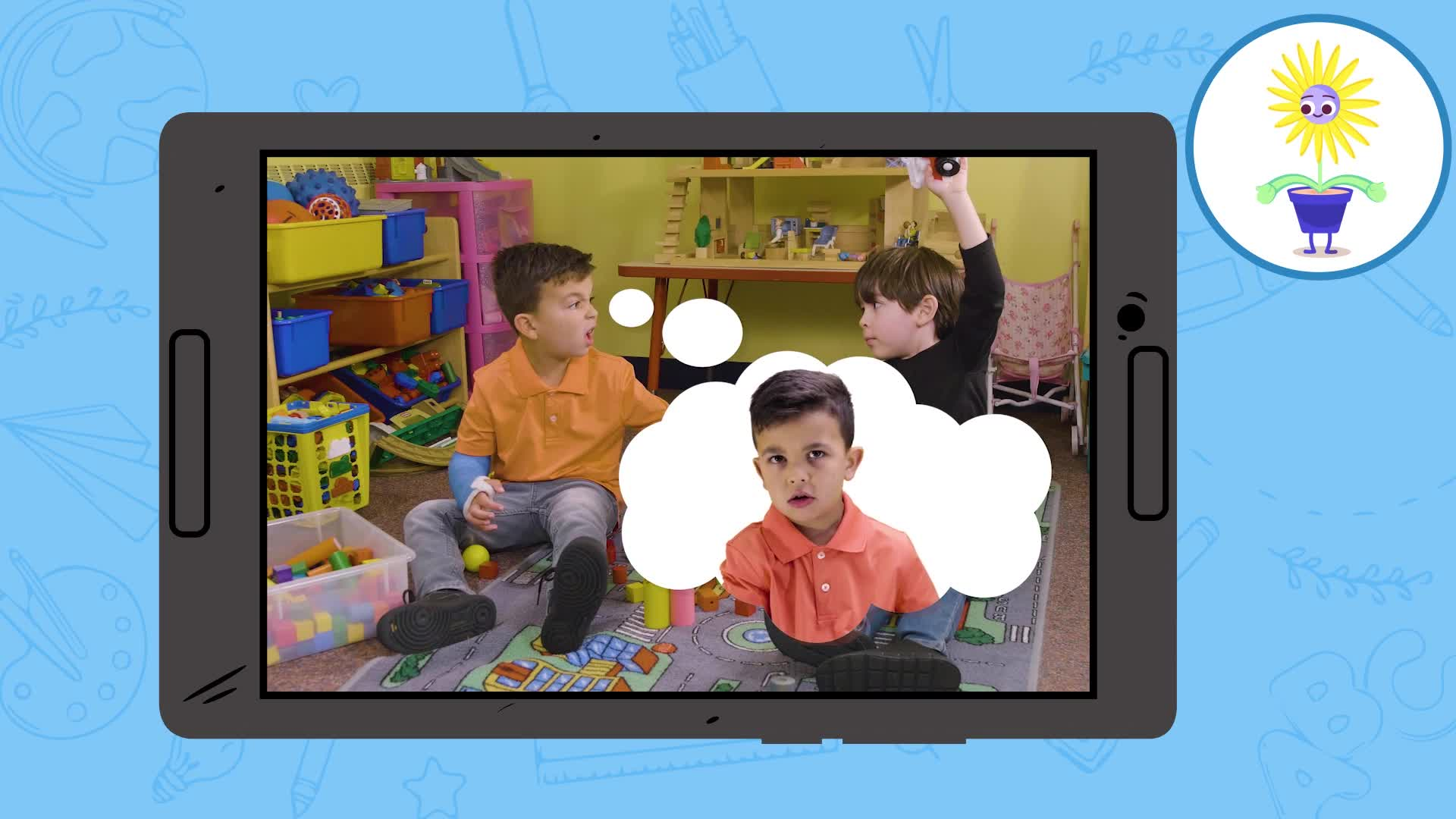
Introduction
Incorporating principles of Social-Emotional Learning (SEL) in the classroom helps students develop empathy and better understand the feelings of their peers. By teaching students to think about others’ feelings, educators can foster positive communication, cooperation, and conflict resolution among their students. This blog post will introduce a no-prep activity, discussion questions, and related skills to help educators implement SEL in their classrooms.
No-Prep Activity: The Feeling Detective
This activity requires no preparation or materials and encourages students to pay attention to the feelings of their classmates. Here’s how it works:
- Ask the students to sit in a circle.
- Select one student to be the “Feeling Detective” and have them step outside the room for a moment.
- While the Feeling Detective is outside, choose another student to be the “Emotion Leader.” This student will silently act out an emotion (e.g., happiness, sadness, surprise).
- Have the Feeling Detective return to the room. Their task is to observe the Emotion Leader and the other students, who will mimic the emotion being acted out.
- The Feeling Detective has three chances to guess the emotion being portrayed by the Emotion Leader and the other students.
- Once the emotion has been correctly guessed or the Feeling Detective has used up their chances, select a new Feeling Detective and repeat the process.
This activity helps students practice identifying emotions in others and encourages them to think about how their classmates might be feeling.
Discussion Questions
After completing the activity, engage students in a discussion about thinking about others’ feelings. Here are some questions to help guide the conversation:
- Why is it important to think about how others might be feeling?
- How does understanding someone else’s feelings help us communicate better with them?
- What are some ways you can tell how someone is feeling without them telling you directly? (e.g., body language, facial expressions, tone of voice)
- How can we show empathy and support for others when they are experiencing different emotions?
- Can you think of a time when you noticed someone else’s feelings and adjusted your behavior to make them feel better? Share your experience.
Related Skills
In addition to thinking about others’ feelings, there are several other skills that contribute to healthy social-emotional development in students. These include:
- Active listening
- Emotion regulation
- Conflict resolution
- Collaboration and teamwork
- Empathy and compassion
By incorporating these skills into classroom activities and discussions, educators can create a supportive learning environment that fosters emotional well-being and social competence.
Next Steps
To further explore activities and materials that can help students develop their ability to think about others’ feelings and other social-emotional skills, sign up for free samples at Everyday Speech. These resources will provide valuable tools for educators looking to enhance social-emotional learning in their classrooms.










